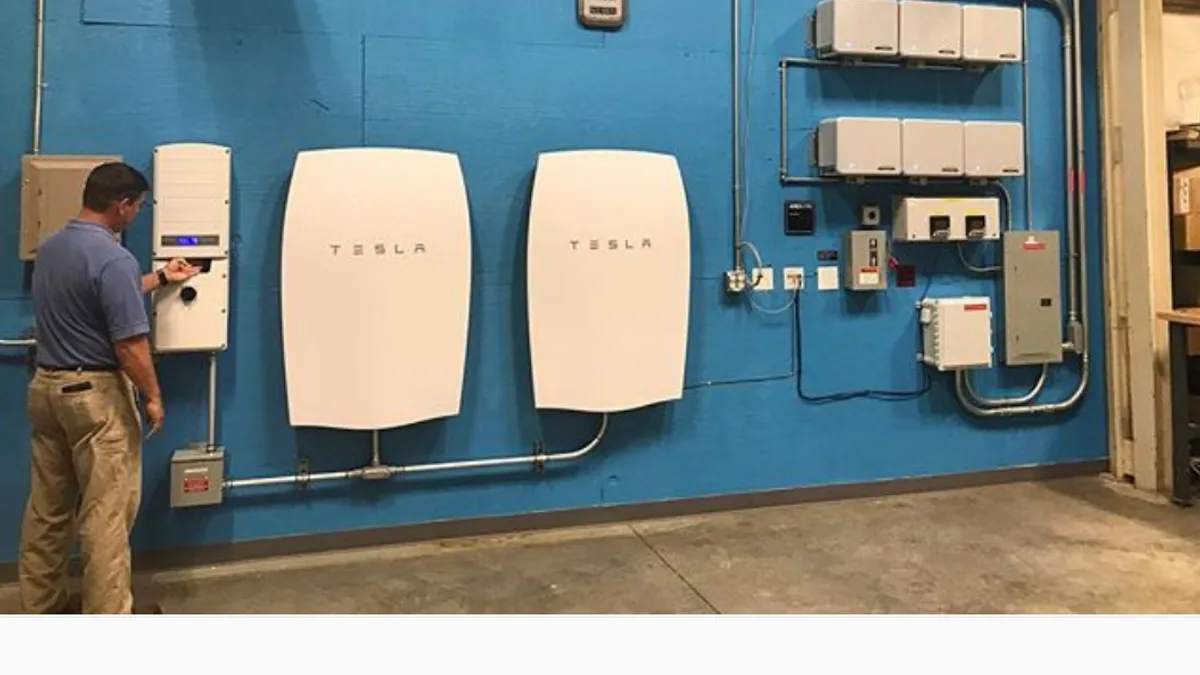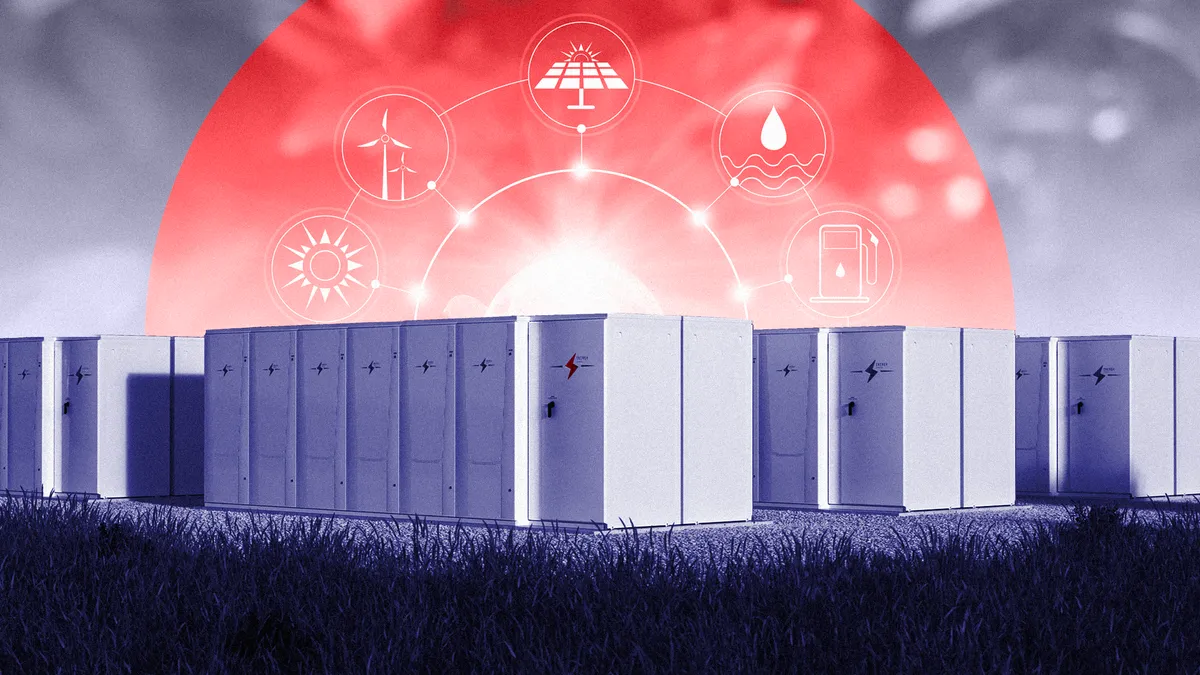Dive Brief:
- Staff of the New Jersey Board of Public Utilities has proposed new energy storage incentives in an effort to ramp up deployment on both sides of the customer meter. The state has targeted 2 GW of installed storage by 2030 but currently has less than 500 MW, most from pumped hydro, according to a straw proposal published Sept. 29.
- Under the proposed New Jersey Storage Incentive Program, or SIP, at least 30% of incentives would be structured as fixed annual payments to storage projects based on installed kilowatt-hours of capacity. The remainder would be “provided through a pay-for-performance mechanism,” according to the proposal.
- The straw proposal must still navigate “a variety of stakeholder discussions, but this is a positive development for energy storage deployment in New Jersey,” according to Joel Meister, senior counsel with Foley & Lardner.
Dive Insight:
Energy storage in New Jersey has so far lagged the state’s goals, but the proposed SIP aims to change that by supporting development of 1 GW of 4-hour storage to help meet the 2030 target.

According to the proposal, SIP incentives will be available to energy storage devices that are located on either side of the customer’s meter and “separate market segments will be created for both types of storage.”
The fixed payment incentive “will be established through a declining block structure in order to establish a market-based incentive while also providing the industry clear insights into the incentive value for energy storage devices,” staff said. Distributed and front-of-meter market segments “will each have their own pricing structure,” according to the proposal.
The remaining SIP incentives “will be provided through a pay-for-performance mechanism,” staff said. For front-of-meter storage, the proposal says payments will be based on abated carbon emissions, while for distributed projects the payment is based on the “successful injection of power into the distribution system when called upon” by the customer’s distribution utility.
The BPU plans to hold three virtual discussions of the straw proposal: Oct. 21, Nov. 4 and Nov. 14. Public comments must be filed with the board by Dec. 12.
In particular, staff said it is seeking comment on where to set starting incentive levels, and noted that standalone storage incentives in the federal Inflation Reduction Act “may warrant moving [New Jersey SIP] incentives up or down.”
“Staff seeks comment on the best way to formalize these starting incentive levels in a manner that considers both ratepayer impact and the need to establish the storage program and allow the declining block mechanism to reveal the competitive incentive level for storage,” the proposal said.
In terms of the decreases between blocks, staff recommended a $2/kWh decrease in annual payments between each block.
“By starting with relatively small blocks, staff believes that the NJ SIP can protect against excessive rate impacts, while moving quickly to deploy the storage program,” the proposal said.















